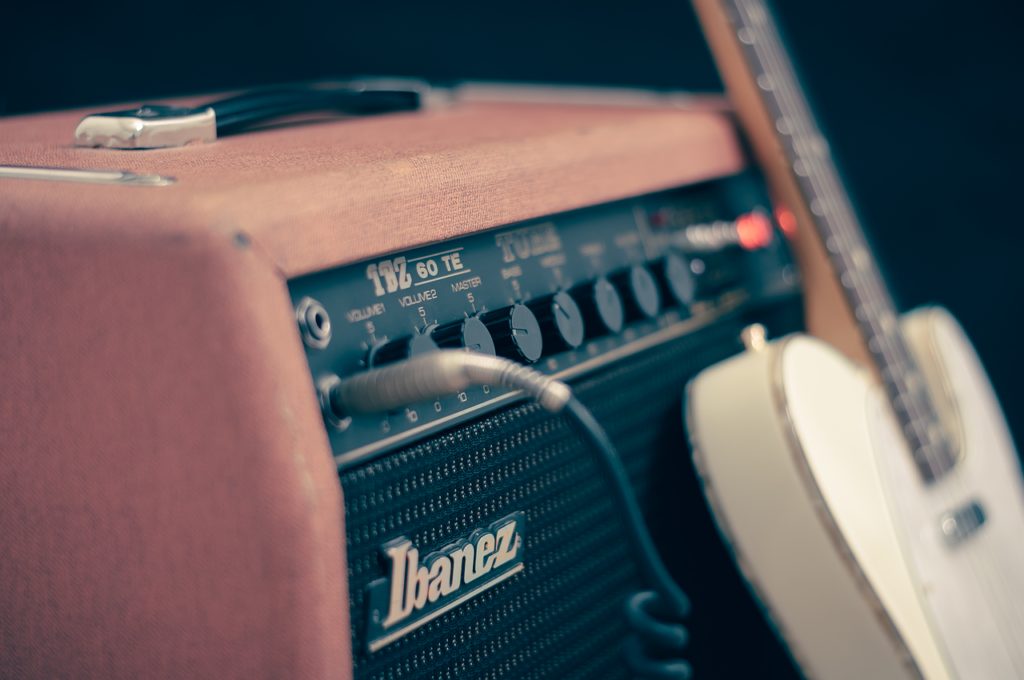Have you ever wondered why you can’t get you guitar to sound like the rock and blues stars’? How you tune impacts how you sound. Read more to learn how to tune the blues rock open D sound using harmonics.
Like open G, open D is another popular tuning with blues and rock guitarists. Open D has the advantage that the root of the chord is on the 6th string, making it a good tuning for riffs.
This article uses technical musical terms. For definitions, see the Glossary at the end of the post.


